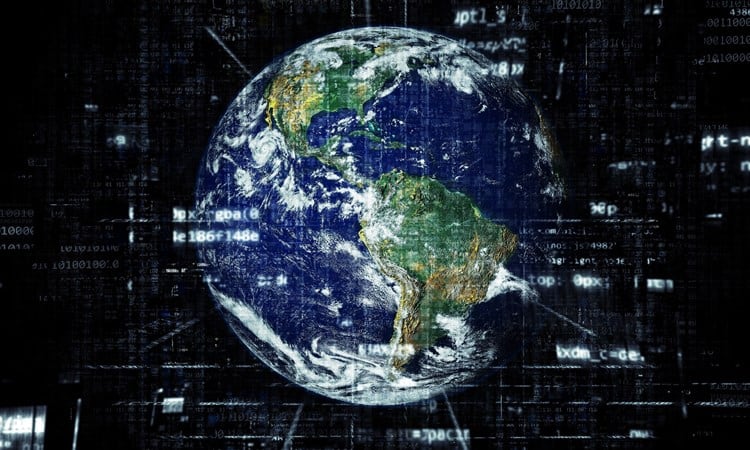
By Sharon Mandipe and Will Shields.
Sitting here in Walker’s COP27 Climate Action Studio in Reading, the thought of spending an entire day covering the conference was always going to be a daunting task. With so many things going on within the conference, let alone across the planet, it felt easy to start the day completely lost.
Nonetheless, we persevered, working with the Walker Institute’s designated attendees on the ground at COP27 to identify people we wanted to interview and then conduct those interviews remotely. Our first interview of the day started well, and we discussed the broad agenda of the Loss and Damage topic (the idea that rich polluting countries need to pay poorer climate-impacted countries for the damage they have caused them). We started on a positive note discussing how positive it is from an ethical perspective that rich countries have put their hands up to claim responsibilities for their actions, but quickly got into the pragmatic difficulties of turning these commitments into tangible action, particularly as richer nations themselves struggle with recent economic turmoil. A key reference point was an estimate that by 2030 climate damage globally would amount to $400-500bn, while rich countries have already failed to meet their 2009 commitment of £100bn a year by 2020. We agreed with our interviewee that this represented a considerable gap and much more needed to be done. Fired up with righteous indignation, we stopped briefly to check our facts with a quick Google. And of course, that’s when the water immediately started to get muddier. Yes, rich countries have missed their £100bn target, but according to a recent OECD report, they have reached almost $80bn (OECD, 2021). This figure does, however, include a significant amount of money from loans and equity, and some organisations argue that rich countries include loans intentionally to inflate their contribution figures.
According to a recent UN estimate, the climate damage for 2020 was ~$70bn, though this is expected to rise to $140-300bn by 2030 (UNFCCC 2021). Based on these figures, current transfers are covering costs and there is time for rich countries to keep up with increasing costs as impacts are felt. This may not be that much comfort to low-lying island nations concerned about their futures, but it’s also a far cry from the doom and gloom of a $400bn gap, which is where we had started!
This experience highlighted to us the challenges in talking about climate data / figures and making clear cut conclusions on international failings, when the case, at least on paper, may sometimes be more nuanced. Perhaps we’re wrong to focus on the current expenditure (with climate damage on such a steep curve upwards!) and should only be considering 2030 impacts, hence our interviewees focus on it, but clearly a focus on global impacts in the context of rich-to-poor country payments also missed the more appropriate forecasts of impacts on poorer countries.
So, we’ve learnt that the next time you head to twitter to post that fire-brand tweet – don’t get burnt! Make sure you double check that what people say matches the evidence.

